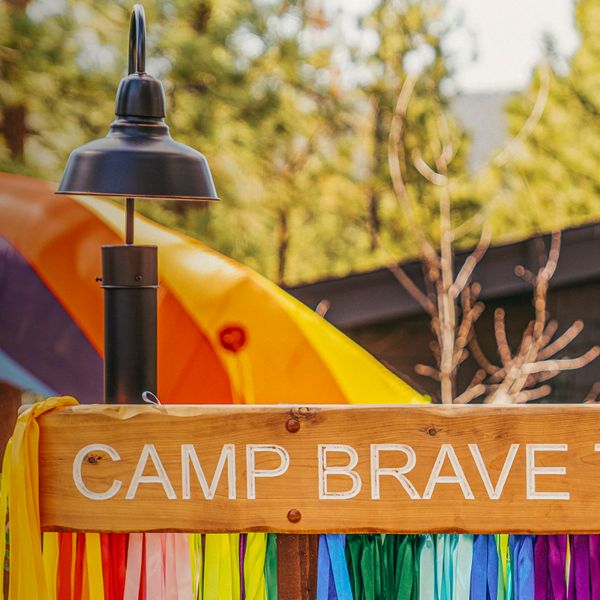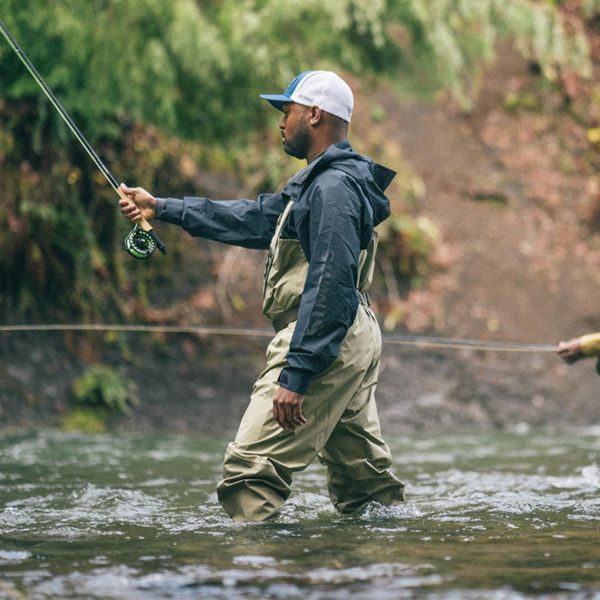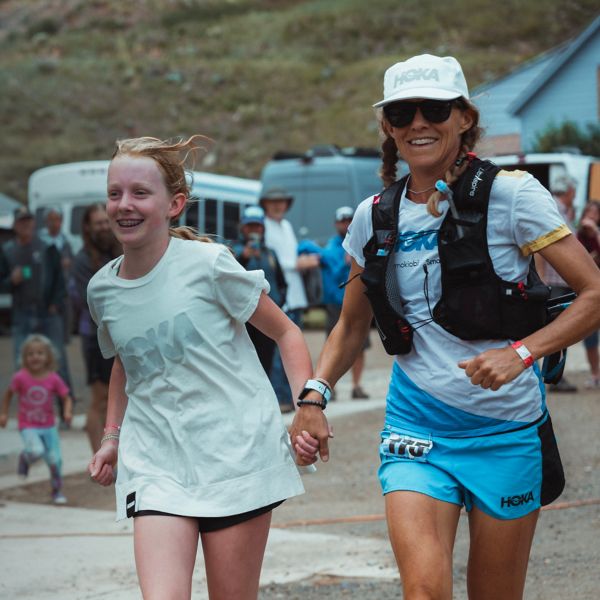As we ease into a new season, many of your favorite brands are already shipping drool-worthy catalogs plastered with the latest and greatest. Faced with all that shiny newness, it’s easy to overload your wish list. But before you go on a shopping spree, take a hard look at the gear you already have.
If you’ve spent any time being active outdoors, you surely have a few items gathering dust in your basement or garage. In the past, you might have thrown those things away. The issue? Plastics can take hundreds of years to decompose. Instead, they sit in the landfill, taking up space and leaching chemicals into the soil. The other problem with throwing things away is that every time you toss a piece of gear, you have to buy something new. New gear is environmentally costly to make. The plastics, metals, and coatings all take tons of water, chemicals, and fossil fuels to produce.
Fortunately, more and more brands and outdoor explorers alike are waking up to the idea of a “circular economy,” a system where goods get indefinitely reused and recycled instead of thrown away. Next time you stumble upon a piece of worn-out or broken gear, use one of these strategies and join the movement.
Donation
Donate your gear to support worthy nonprofits and the next generation of outdoor enthusiasts.
Benefits
New gear can be prohibitively expensive for students, young families, and underserved communities. Giving your gear to a nonprofit organization is an amazing way to help introduce new folks to the outdoors and make nature more accessible to all.
How To Do It
Some local Scout troops, youth programs, and outdoor experience nonprofits accept gently used gear. Try contacting local organizations to see if they’re interested in your stuff. Not sure where to start? Gear Forward connects gear and donors to nonprofits in need. You can also donate to Outside’s new gear give-back program—the media brand will cover your shipping, then match your old gear to the appropriate charity.
As for bikes: Most towns have community bike organizations that accept used bicycles and parts. Some refurbish the old bikes and provide them to people in need. Others provide bike education and discounted bikes to community members at a low cost.
Repair
Keep your beloved gear in rotation by patching holes, tears, and busted zippers.
Benefits
We’ll start with the obvious: Repairing gear is usually way cheaper than buying new. Rock climbing shoes, for example, perform like new when they’re resoled—and resoling is often a quarter of the price of a new pair. The environmental bonus is that repaired gear stays out of landfills. Then there’s the style points: Adding patches, a brightly colored zipper, or fun stitching patterns only adds more character to the stuff you love.
How To Do It
Some fixes, like patchable tears, clogged stoves, and wet-out rain shells are easy to DIY (YouTube videos abound). For more complicated fixes, try an online search for gear-specific repair shops near you, including your nearest Public Lands location. You can also ship your gear to a reputable mender. Rock and Resole can repair and resole boots and climbing shoes, and Boulder Mountain Repair will fix everything from tents and packs to down sleeping bags and jackets. Both are based in Colorado.












